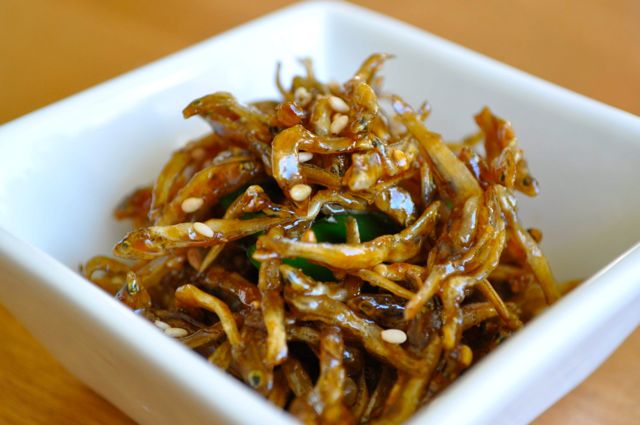
I am best known for my Myulchi or Myoelchi Bokkeum among my friends and family. This Korean anchovy side dish is probably one of the dish I make the most. So I’m not sure why I haven’t posted this before…I guess I really didn’t think that it was anything special..but then recently eating at a restaurant, I realized how the taste can vary from the ones that are really bland, to the ones that have the perfect balance of salty and sweet and then the ones that are just overloaded with spice and garlic – making it hard for you to really taste the anchovy at all. Also in terms of texture, it can be too wet and mushy or too hard and gummy – missing the perfectly chewy and crispy range in the middle. Of course, there is the wet version (Jorim) which is supposed to be very soft but we are talking about the dry version here which is called bokkeum (볶음) and that is all about having the right amount of crispness without it being too hard.
Nutrition: Because you eat these anchovies whole including the bones, they are loaded in calcium. My husband says that this is how he was able to grow tall even though he hardly drank any milk while growing up. Myulchi or Korean dried anchovies are also a good source of DHA which is an important nutrient for the brain. So you can see that myulchi bokkeum is really one of the most nutritious lunchbox (doshirak) banchan you can make for your child. And most likely, your child will love the taste of it, so give this a try!
Servings: 3-4 Cooking Time: 15 min Difficulty: Easy
Ingredients
- 1 C small dried anchovies for stir fry (볶음 bokkeum)
- 1 T vegetable oil
- 1 pc of ginger slice (1/4 in thick)
- 2 shishito/green chili peppers (optional)
- for the glaze
- 1 T soy sauce
- 1 T sugar
- 1 T sake or rice wine
- 1 tsp water
- sesame seeds
- 1/8 tsp garlic powder
- 1 tsp maple syrup or rice syrup or malt syrup
- 1/4 tsp sesame oil
Directions
1. Try to buy good quality dried anchovies (마른 멸치 maleun myulchi or myeolchi). They should not be too dry (it should still be somewhat soft and not hard). If the anchovies are really dry it means it’s too old. The best way to judge the quality is to taste them – they should be still soft, chewy and taste not too salty but meaty and even a bit sweet. Here’s a pic of some good quality myulchi and their varying sizes. All these three sizes are good for making myulchi bokkeum.
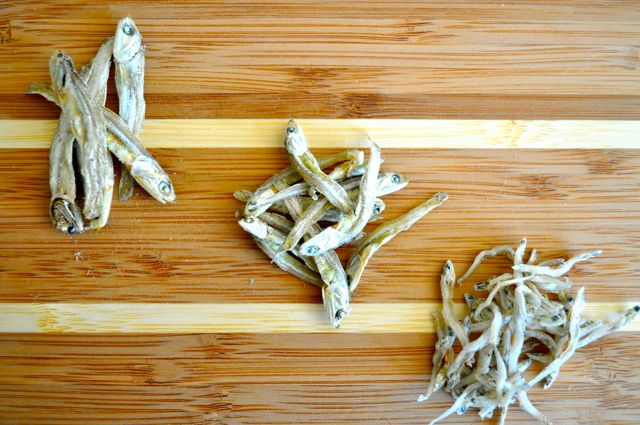
Anything bigger, it is really not fit to be eaten whole since the innards taste quite bitter. Some people may even say that the bigger size at top left is too big. But if you take off the head along with the gut from the anchovy, you can enjoy a more meaty mulychi bokkeum. To learn more about this wonderful dried fish, you can read more HERE.
Below is a photo that shows how you can take out the gut and the head – hold the head with one hand and twist it off gently and most likely the gut will come off with the head.
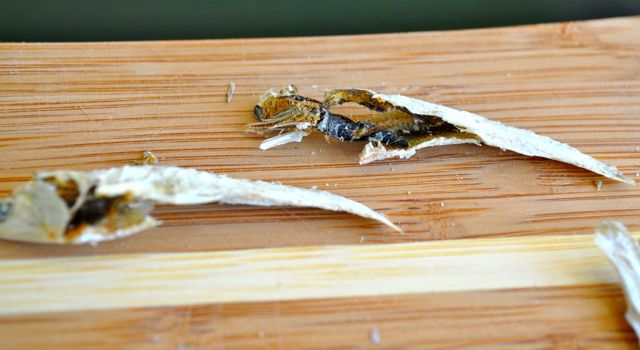
2. Prepare the glaze – in a bowl, add soy sauce, sugar, sake, water, garlic powder and sesame seeds. Set aside. Cut shishito peppers into bite size pieces.
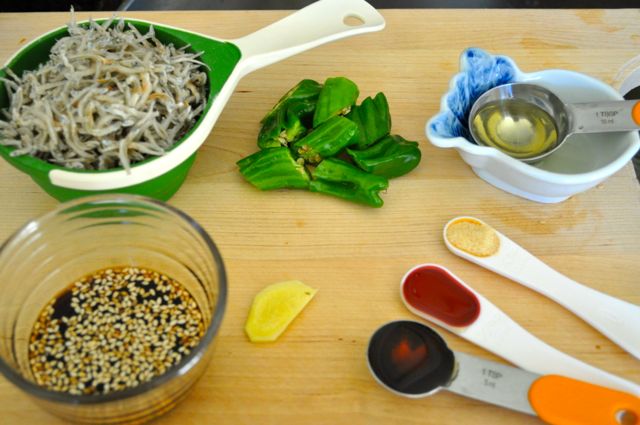
3. On medium high heat and brown ginger in oil (2 min or so) until brown. The essence of ginger will get infused into the oil which will take away any fishy smell from the anchovies.
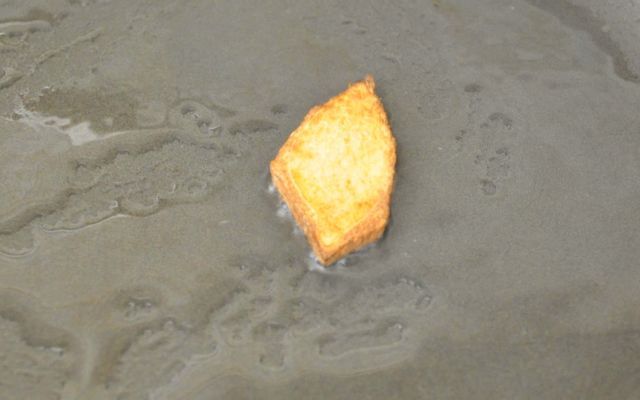
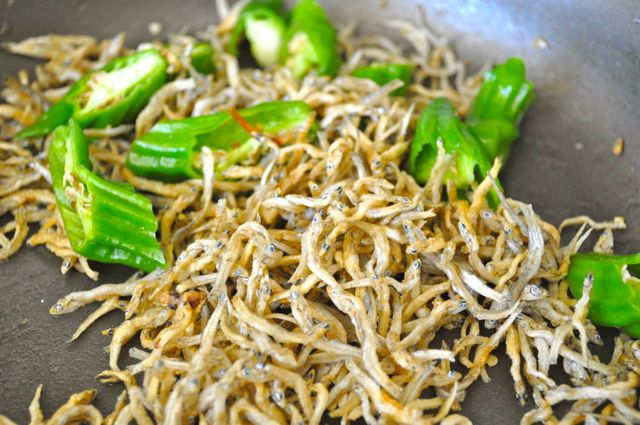
4. Add dried anchovies and sliced peppers to hot ginger oil and saute for 3-4 minutes until they are slightly browned. This step is very important. Make sure you saute enough until the anchovies are well browned before going to the next step.
5. Lower heat and add soy sauce glaze to pan. Stir for about 2 min. until anchovies are evenly glazed with the sauce. Drizzle maple syrup and stir for another 1 – 2 min until anchovies are well coated and has a sheen to them. Turn off the heat. Finish the dish by drizzling some sesame oil.
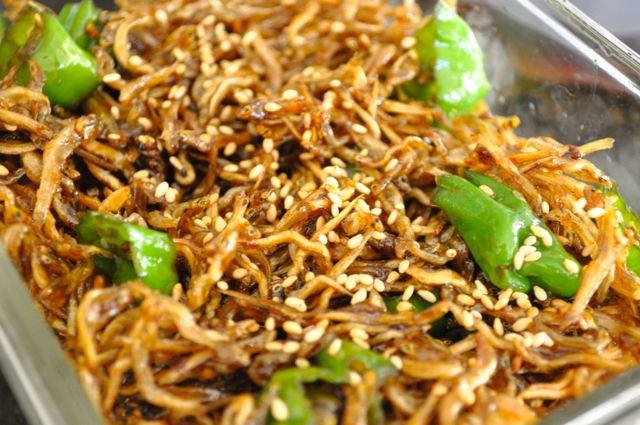
Myeolchi Bokkeum (Soy Maple Glazed Anchovies)
Ingredients
- 1 Cup small dried anchovies for stir fry (볶음 bokkeum)
- 1 Tbsp vegetable oil
- 1 piece ginger slice (1/4 in thick)
- 2 shishito/green chili peppers (optional)
for the glaze
- 1 Tbsp soy sauce
- 1 Tbsp sugar
- 1 Tbsp sake or rice wine
- 1 tsp water
- 1/8 tsp garlic powder
- 1 tsp maple syrup (or rice syrup)
- 1/4 tsp sesame oil
- sesame seeds
Instructions
- Try to buy good quality dried anchovies (마른 멸치 maleun myulchi or myeolchi). They should not be too dry (it should still be somewhat soft and not hard). If the anchovies are really dry it means it's too old. The best way to judge the quality is to taste them - they should be still soft, chewy and taste not too salty but meaty and even a bit sweet. See my post for more info and pics on best kind of myeolchi to use.
- Prepare the glaze - in a bowl, add soy sauce, sugar, sake, water, and sesame seeds. Set aside. Cut shishito peppers into bite size pieces.
- On medium high heat and brown ginger in oil (2 min or so) until brown. The essence of ginger will get infused into the oil which will take away any fishy smell from the anchovies.
- Add dried anchovies and sliced peppers to the hot ginger oil and saute for 3-4 minutes until they are slightly browned. This step is very important. Make sure you sauté enough until the anchovies are well browned before going to the next step.
- Lower heat and add soy sauce glaze to pan. Stir for about 2 min. until anchovies are evenly glazed with the sauce. Drizzle maple syrup and stir for another 1 - 2 min until anchovies are well coated and has a sheen to them. Turn off heat. Finish by drizzling some sesame oil.
Nutrition Information:
Serving Suggestions
Myulchi Bokkeum is really one of the most basic banchan or side dish in a classic Korean meal. This dried anchovy side dish is a great item in children’s lunchboxes and also in ssam (try this instead of pike mackerel or bulgogi in a ssam). Also great with various soups – both spicy and savory/mild flavors.
Storage
Most markets will store these in the fridge but it tastes best when it is kept at room temperature. It will stay fresh for days to even a week at room temperature due to its salt and sugar content.
Variations
Make a spicier version by reducing soy sauce to 1/2 T and adding 1/2 ~ 1 T gochujang. The recent trend is to add nuts such as walnuts, sliced almonds and peanuts when making myulchi bokkeum so it’s something worth trying if you like nuts.
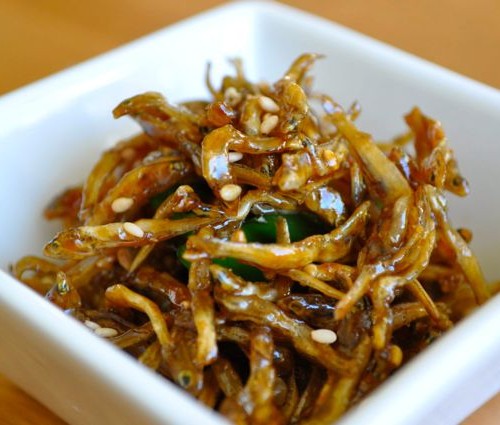
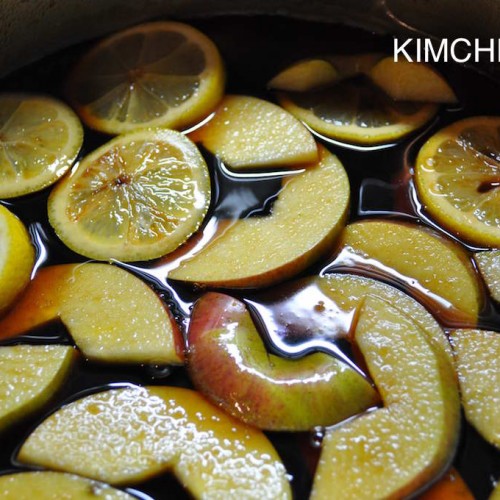
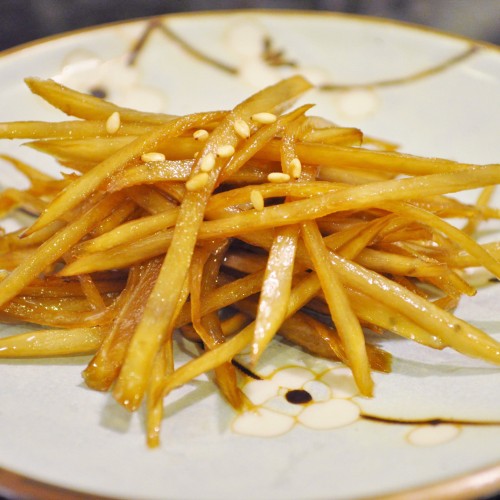
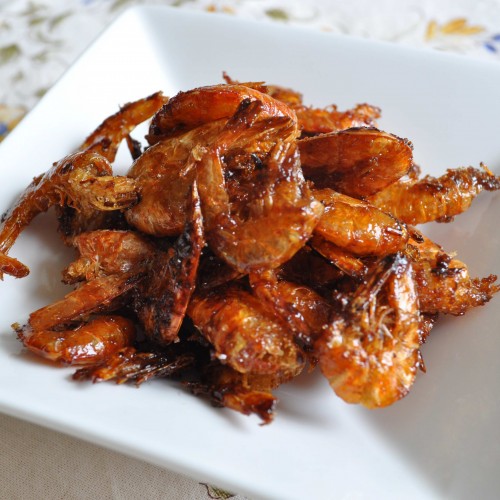
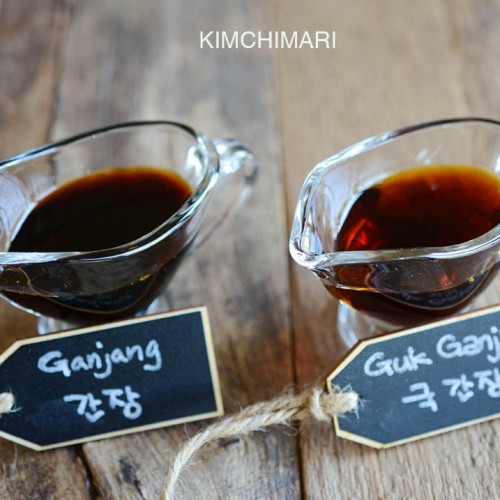
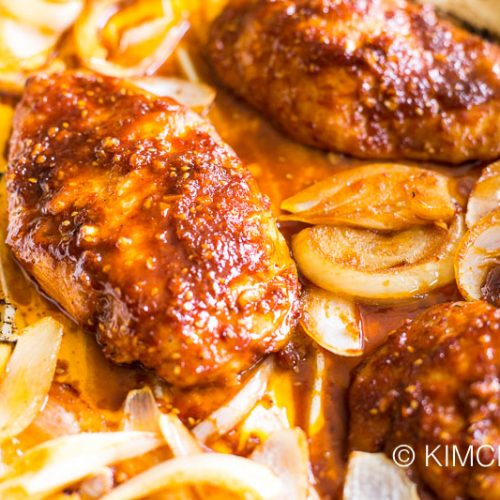
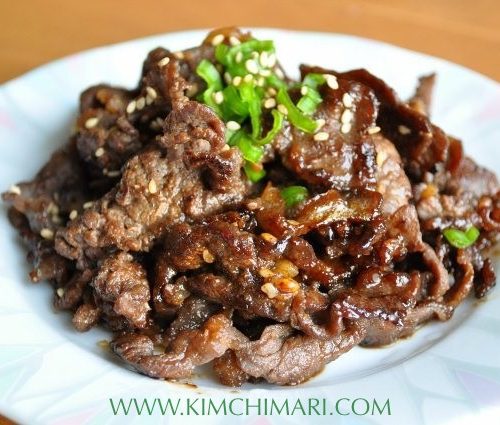
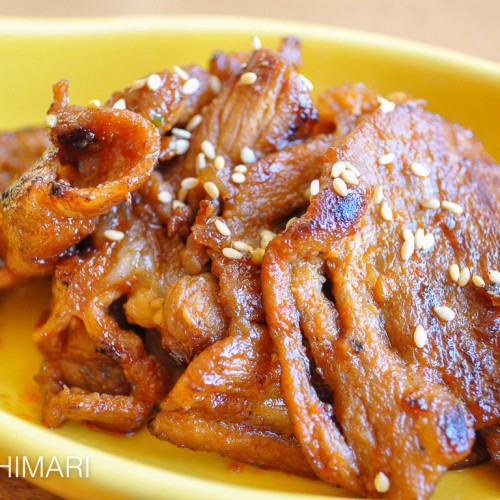
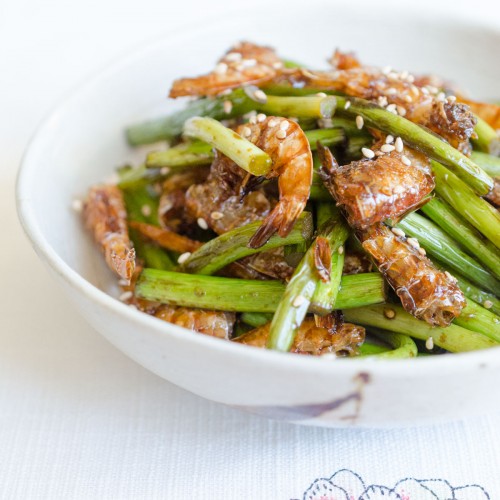
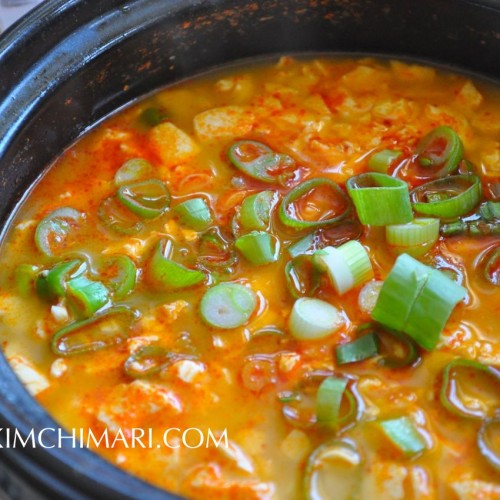
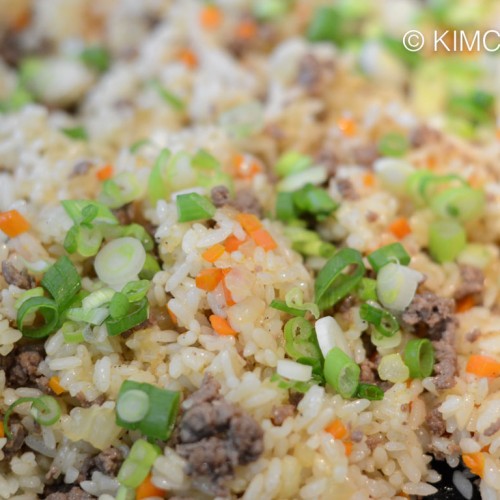
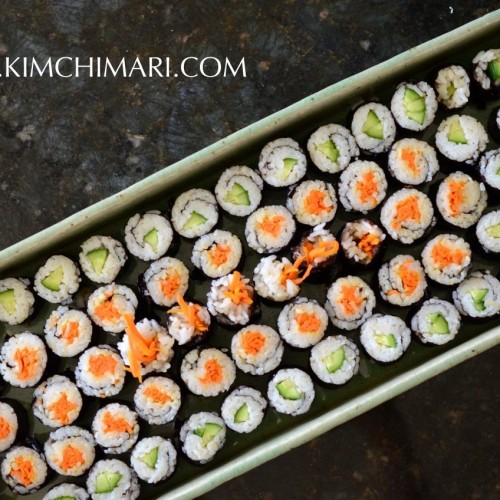
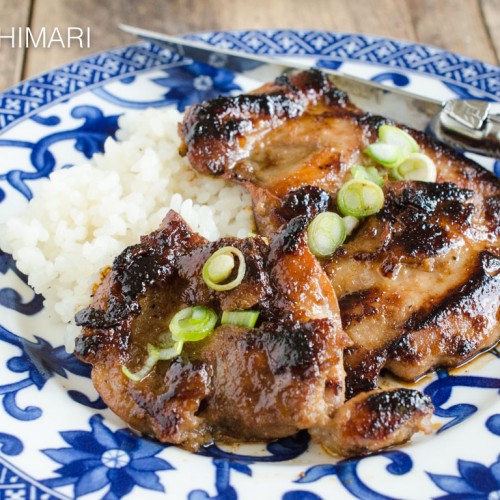
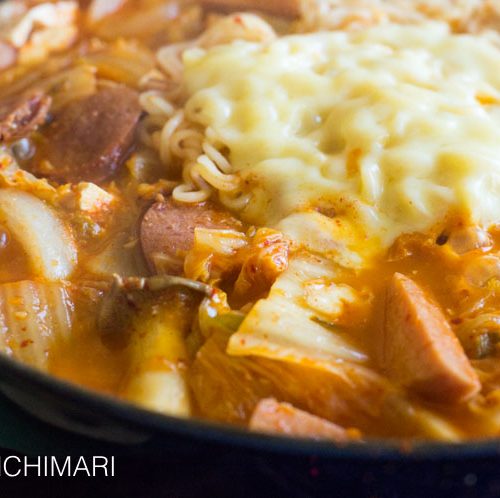
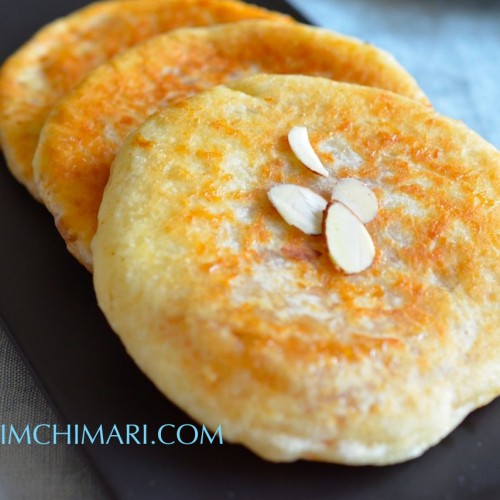






These sound delicious. Is it possible to dehydrate frozen anchovies (with a dehydrator), then use them for this recipe? If so, do you have instructions for dehydrating anchovies?
Sorry for the very late response. I have been traveling and somehow missed this. So are you talking about dehydrating fresh frozen anchovies? If that’s the case, I think you probably don’t have the same anchovies that is needed here. If you are talking about frozen but dried Korean anchovies, you can just defrost and use it.
I love these anchovies but I see they are quite high in sodium. Is there any way to reduce the sodium? Even low sodium soy sauce has a lot of sodium. 😢
You can make it without soy sauce. Just omit soy sauce from the ingredient list.
So good!
we have a number of different types of dried anchovies in Singapore.
How to tell which is suitable?
They usually taste pretty salty (right out of the bag)
I can’t say for sure since I have never tasted anchovies from Singapore but try to find ones that taste pretty good just out of the bag – not too salty and meaty. Or you can make the bokkeum but just add less soy sauce if the anchovies are already salty. Cheers!
Can you use canned anchovies for this recipe? I’m very curious to try this but don’t know where to buy dried anchovies. We do have canned anchovies, however. Thank you!
No, that would not work at all. It’s a totally different taste and texture. If you don’t have any Korean grocery store nearby and live in the US, you could try buying it from my Amazon store – https://amzn.to/3aSozZs. Cheers!